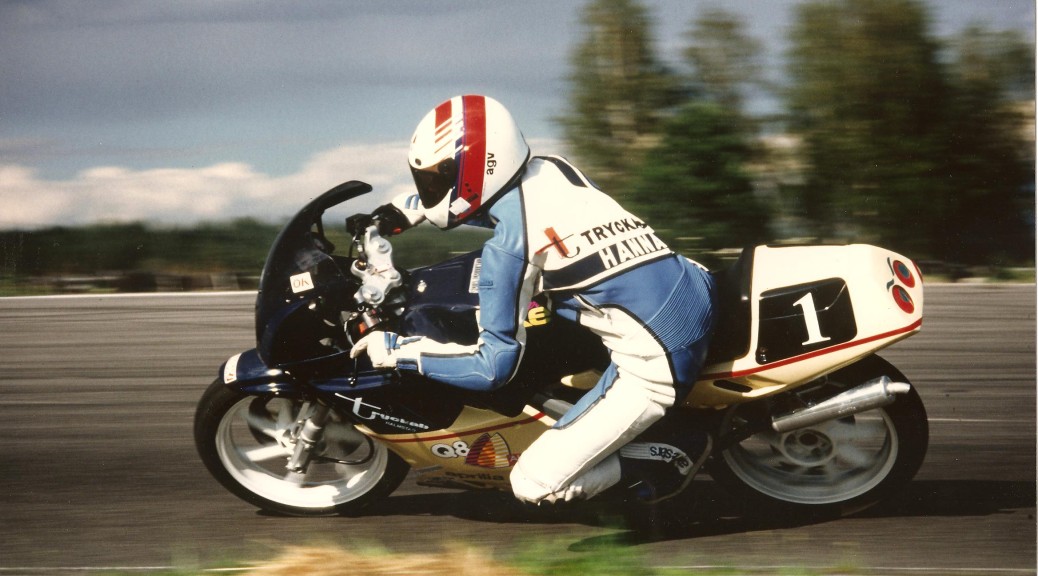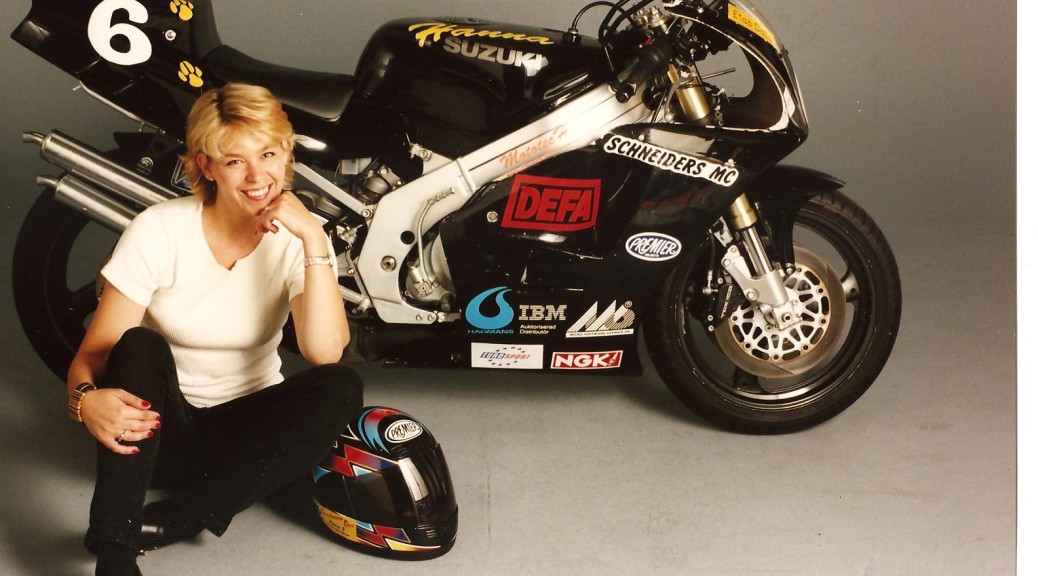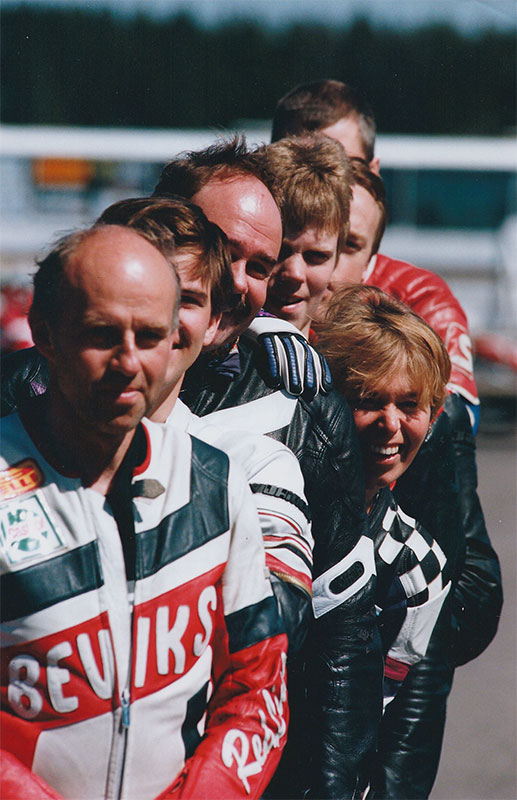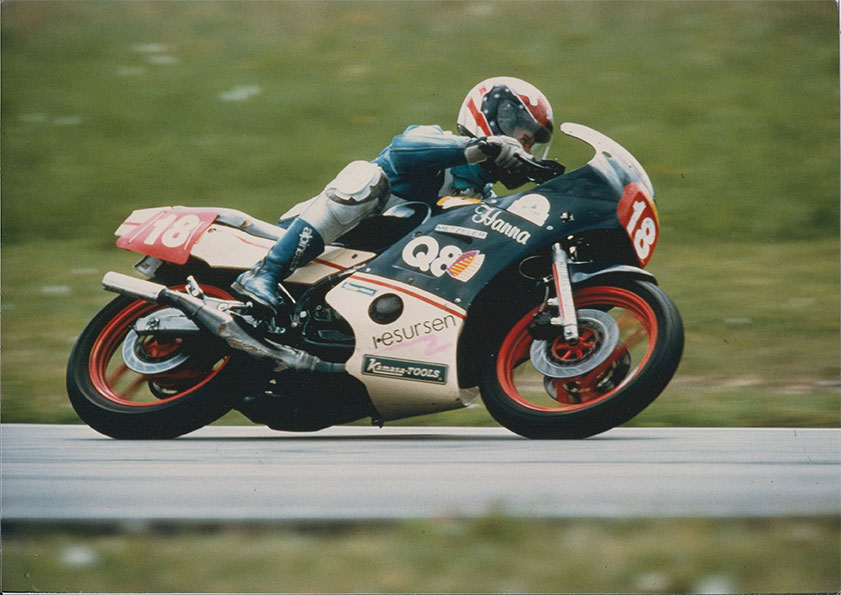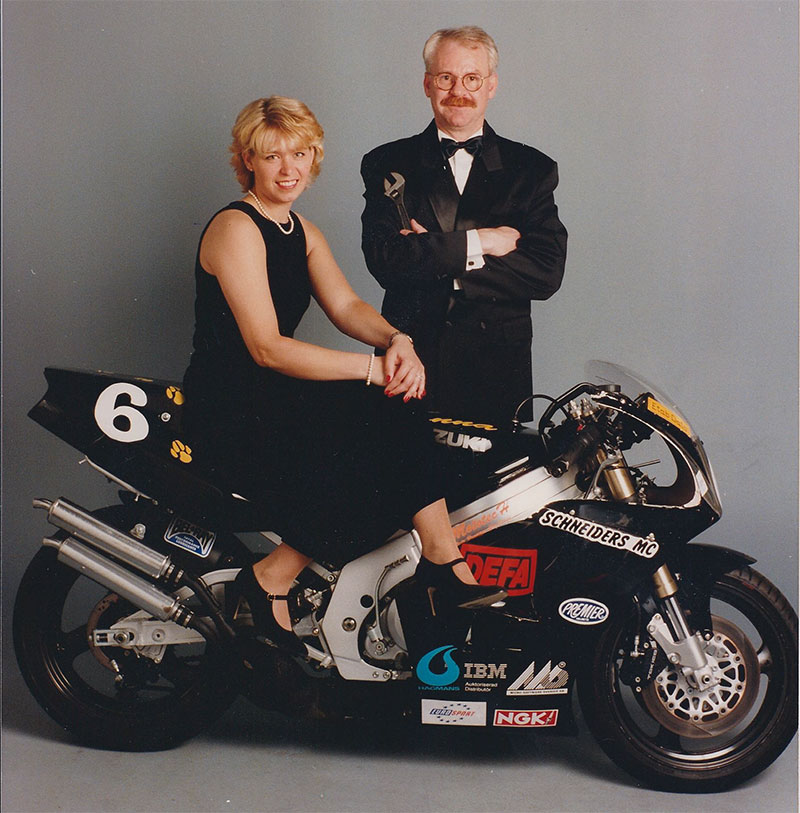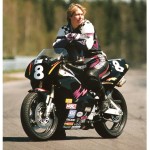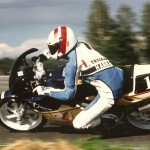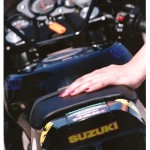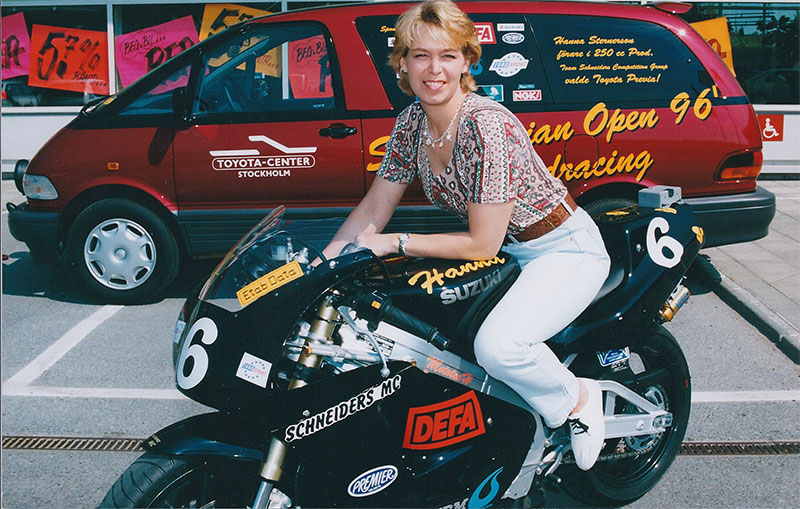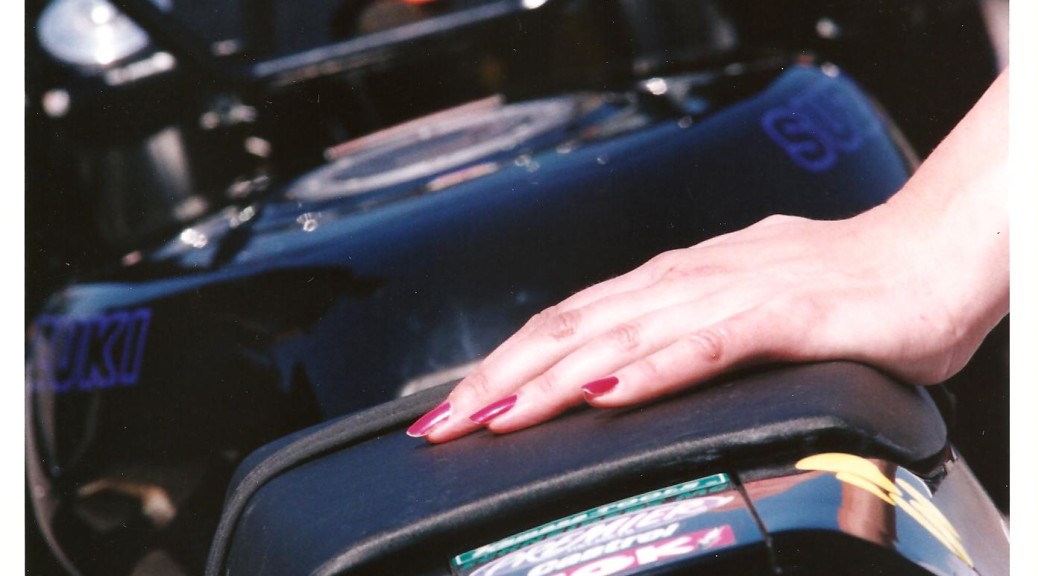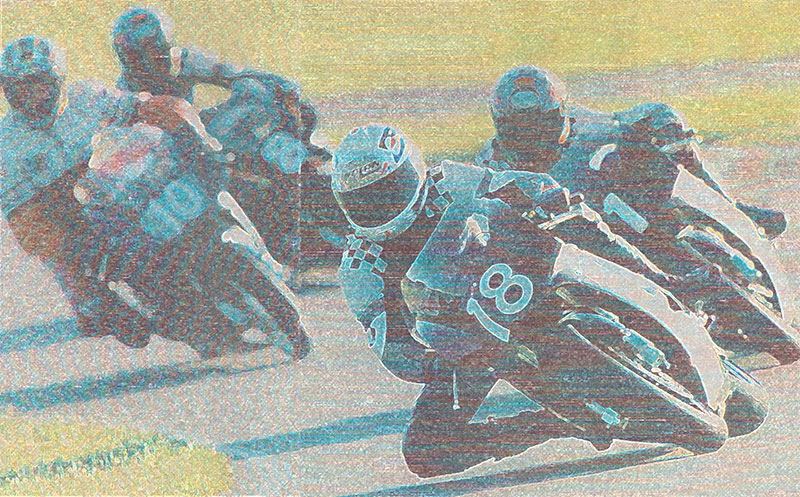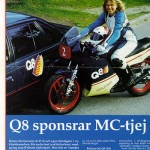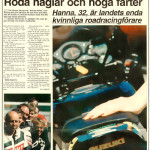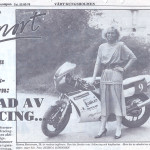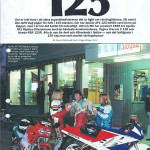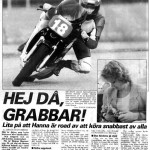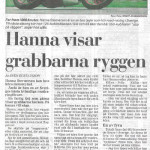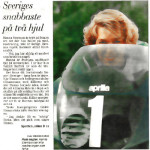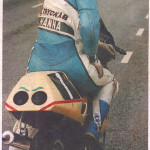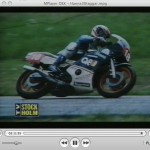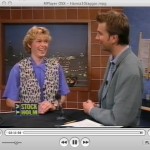When I was 25 years old, I decided I finally was mature enough to ride a motorcycle and stay alive.
I signed up for riding lessons. My instructor was this crazy Danish guy — Birger — the most passionate motorcyclist I’d ever met. His mission was to transfer his passion to each of his students. And I think he did pretty well as we all spent every spare moment cruising the beautiful Swedish country-side, eager to take every opportunity to learn all aspects of riding.
One day Birger took us student drivers to a motor stadion. It had a 2.5-mile long asphalt track with sweeping turns and long straight-aways. The purpose was to get us comfortable on our bikes without the distraction of traffic. Here, we could go at our own speed and practice shifting and braking without risk getting hit or be in anyone’s way.
After a couple of hours of doing laps around the track, I wastotally hooked.
Screw street-riding, I wanted to race!
